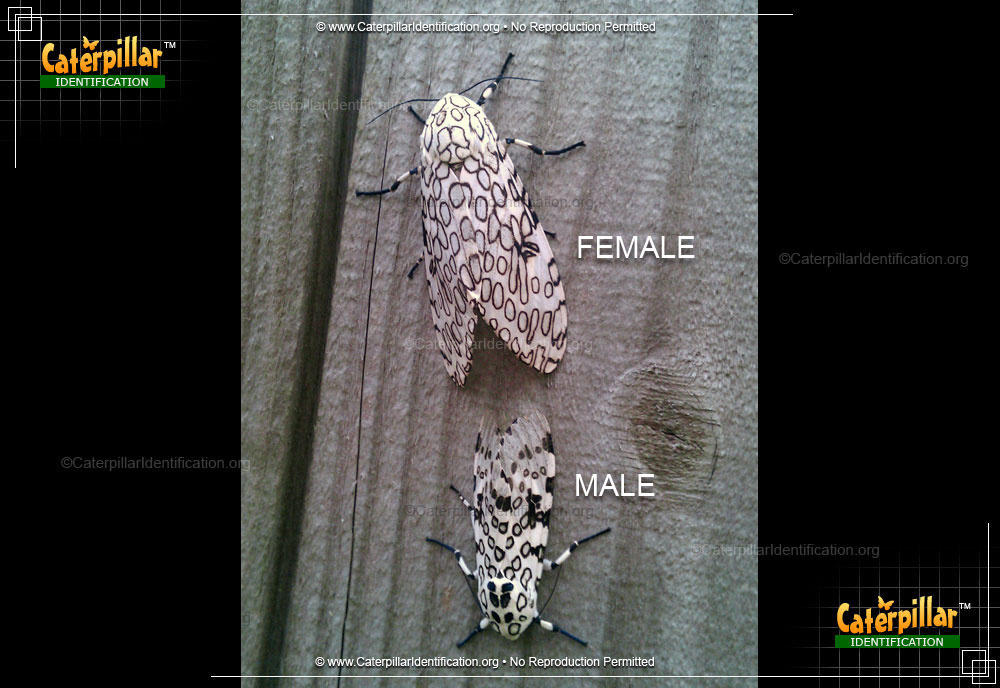


I found a green caterpiller and i hope it can turn in to a butterflyĭid anyone notice that the rustic sphinx moth caterpillar is a picture of a tomato hornworm? Unless they look identical, which I'm pretty sure is not the case. Puss caterpillar (larva), southern flannel moth (adult) Megalopyge opercularis.Site detailing North American bugs, spiders, and insects covering species types such as bees, ants, wasps, butterflies, moths, beetles dragonflies and more.The following sources were used for this guide: Identify that furry or fuzzy caterpillar you found with the help of this quick, easy, and authoritative guide. Furry Caterpillar Types and Identification Guide.If you found a black or dark-colored caterpillar, this quick and easy guide can help you identify it. Black Caterpillar Identification and Guide.Find out if your caterpillar is rare, or if it stings. This caterpillar identification guide is easy to use and accurate. Caterpillar Types and Identification Guide.What does it turn into?Ĭitheronia regalis, the regal or royal moth. Sweetgum, walnut, hickory, and persimmon Will it seriously damage plants or trees?Ĭommon in the southern U.S., rare in northern states. It looks and acts like it's dangerous, but it's harmless. This legendary caterpillar is a real find if you happen to spot a full-grown one crawling on the ground looking for a place to dig down and pupate. Despite all of this, it cannot bite or sting, and if you handle one it will simply crawl on you. When disturbed, it often rears up and clicks it jaws together menacingly. The caterpillar earns its common name, the hickory horned devil, from its terrifying look, its size, weight, and huge demonic horns. You will likely never see the moth, even though it's huge, because like most moths it only comes out at night and hides during the day. This is the largest caterpillar in North America, and the moth it becomes, the royal walnut moth, is the largest moth (by mass).

Yes, if you give it the right food and a safe, dry place to live.Ī hickory horned devil caterpillar. No, although it is uncommon in northern areas. Sometimes, if there are enough of them on the plant. Will it seriously damage plants or trees? No, this large caterpillar is harmless What does it eat?Ī number of ornamental plants, including species of Bignonia, Fraxinus, and Heliotropium. These caterpillars may be found when they leave plants to go looking for a place to burrow underground and form a pupa. The horn is harmless, but it can give the caterpillar, which is very large and heavy, a "don't touch me" look. The caterpillar is deep green with maroon and white diagonal stripes with a curved horn on the rear end (known as a "caudal horn"). The large, strong-flying moth is beautiful, with streamlined wings mottled black, cream, and rusty brown. Rustic Sphinx MothĬlosely related to the tomato hornworm ( Manduca quinquemaculata), the rustic sphinx ( Manduca rustica) is less common and generally found in the southern United States. Like all swallowtail caterpillars, this species possesses "osmeteria"-a foul-smelling, forked organ near the head-that it can pop out to deter predators.īy Daniel Schwen, CC, via Wikipedia 15. These are purely for protection and are not actually eyes (a related species, the spicebush swallowtail, has truly beautiful and large fake eyes). Full-grown tiger swallowtail caterpillars have small false eyes near the front of the body. Swallowtail butterfly caterpillars often resemble bird droppings when they are immature, and this species is no exception. The caterpillar takes a few weeks to grow and pupate. Like other swallowtail butterflies, the female butterfly lays eggs on plants in the late spring and early summer. The caterpillar feeds on wild cherry, ash, and a number of other trees. It is related to the black swallowtail listed earlier in this guide and has many of the same features and habits. There are closely related species throughout North America. The tiger swallowtail, Pterourus glaucus, is a big, beautiful butterfly that is common in the Eastern United States.


 0 kommentar(er)
0 kommentar(er)
